Dr. St. Anthony Fauci (I shamelessly stole that moniker from a colleague) seems to have suddenly begun to shun the spotlight. This is odd behavior for a man that embraced, during the two years of the pandemic, the notion that he was not only the face of the science (in fact he overtly claimed that he was), but that he was more than happy to have the spotlight and the mic, tough job though it was, to protect Americans and public health.
Well suddenly, Fauci isn’t screaming his song from the trees like a peacock — although he hasn’t completely disappeared. Yet.
Former CIA analyst and radio host Buck Sexton has an idea why.
Sexton sat down with Fox News Digital at CPAC for a wide-ranging interview and expounded upon the points he made in his speech.
“The rapid fading of the COVID apparatus and the withdrawal from the constant appearances in the news cycle by the labcoat tyrant Fauci is a direct function of politics,” said Sexton, explaining that NIAID Director Dr. Anthony Fauci was used as a “weapon’ within the federal bureaucracy – first against President Trump and later against any civilian dissidents of the Biden administration and its policies on that front.
…
Sexton called or Fauci – one of the highest-paid bureaucrats who has worked at the NIH in Bethesda, Md., since 1968 – to be both “repudiated professionally” and investigated by Congress if Republicans are successful in taking back power later this year.
That last part may be particularly revealing when it comes to Fauci’s sudden quiet. Because data keeps coming out about exactly what was — or, in this case, wasn’t — driving Fauci’s calculus on COVID restrictions. And it’s not looking good for the man who claims “the science” was his guiding principle.
Judicial Watch announced Wednesday that, through a FOIA lawsuit, they had received 90 pages of documents from the Department of Health and Human Services (HHS) “that show the State Department and Dr. Anthony Fauci’s agency, the U.S. National Institute of Allergy and Infectious Diseases (NIAID), knew immediately in January 2020 that China was withholding COVID data, which was hindering risk assessment and response by public health officials.”
Fauci knew U.S. agencies weren’t getting the whole story from China just after the COVID pandemic started in late 2019, and yet — strangely — he set about creating lockdown restrictions based on incomplete data.
From the Judicial Watch announcement:
After the outbreak, on January 8, 2020, Dr. Ping Chen, who had been NIAID’s top official in China, emails senior NIAID colleagues Gray Handley, Erik Stemmy, Gayle Bernabe, and Barney Graham with the subject line “PRC Response to Pneumonia Cases Shows Increased Transparency Over Past Outbreaks, but Gaps in Epidemiological Data Remain.” Chen writes:
hi, here is the cable from US Embassy Beijing reporting on the pneumonia outbreak in Wuhan, China. It has ruled out SARS, MERS, and flu. [Redacted] confirmed it is viral infection. [Redacted] The cable contains SBU information. So please don’t distribute it widely.
The summary of the cable states:
While PRC officials have released timely and open general information about the outbreak, a lack of epidemiologic data – including an ‘epi curve’ (a summary of dates of onset of illness), characteristics of infected individuals, and other basic epidemiologic information – hinders better risk assessment and response by public health officials. Authorities have also not released information on how they are defining a “case.” Given these gaps in detailed information to-date, and lack of a final confirmed pathogen, the risk to the United States and global health is difficult to assess at this time.
In fairness, Fauci was initially reluctant to back travel bans and mandate masks, but then something changed; a shift in behavior that may also be linked to what Judicial Watch discovered in their most recent FOIA lawsuit.
The records also show that, nearly two years before the coronavirus outbreak, the U.S. National Institutes of Health (NIH) sent “experts” from the NIH-supported P4 lab at the University of Texas Medical Branch to train Wuhan Institute of Virology lab technicians in lab management and maintenance due to the Wuhan lab’s shortage of trained staff. The same April 2018 cable noted that an official from EcoHealth Alliance “plans to visit Wuhan to meet with Shi [Zhengli],”
…
An official forwards an email exchange from April 12, 2018, labeled “For your review – Cable on Wuhan Institute of Virology visit.” That email attached a cable titled “China Virus Institute Welcomes More U.S. Cooperation on Global Health Security.” The partially redacted summary of the cable begins:
China’s Wuhan Institute of Virology, a global leader of virus research, is a key partner for the United States in protecting global health security. Its role as operator of the just-launched ‘P4’ lab – the first such lab in China – opens up even more opportunities for expert exchange, especially in light of the lab’s shortage of trained staff.
The cable also mentions that there is also a “U.S. Centers for Disease Control (CDC)-supported [P4 lab] facility in Pune, India,” and that China “plans to stand up a second P4 lab in Harbin.” Harbin is the capital of Heilongjiang province in northeastern China.
The cable notes that Chinese officials, “described the [Wuhan] lab as a ’regional node’ in the global biosafety system and said it would play an emergency response role in an epidemic or pandemic.” It continues, “[E]xperts from the NIH-supported P4 lab at the University of Texas Medical Branch have trained Wuhan lab technicians in lab management and maintenance, institute officials said.” It went on, “NIH was a major funder, along with China’s National Science Foundation, of SARS research by the Wuhan Institute of Virology’s [redacted].” Finally, the cable notes, “[Redacted] with the EcoHealth Alliance (a New York City-based NGO that is working with the University of California Davis to manage the [redacted], plans to visit Wuhan to meet with Shi [Zhengli].”
Well prior to the outbreak, on October 2, 2017, NIAID Associate Director Gray Handley forwards to colleagues a State Department cable titled “China’s Interest in the Global Virome Project Presents an Opportunity for Global Health Cooperation,” which another official notes “seems relevant to biobanking, IP [likely Intellectual Property], pandemic flu, and a bunch of other issue areas.”
What these emails seem to suggest is what most people have suspected all along, despite a general unwillingness for the mainstream press to report it: Fauci’s fingerprints were all over the Wuhan lab, the suspected site of the leak that unleashed COVID onto the world.
Is it possible that Fauci changed his tune about pandemic restrictions — despite having incomplete data that made an assessment of how to react to the pandemic difficult — because it was better to hide his agency’s involvement with the potential source of the leak behind a global panic?
That’s one of the questions Congress should ask the doctor if and when a full investigation starts into the COVID pandemic. And the threat of having to answer those questions may have made Dr. Fauci’s taste for the limelight a bit sour.
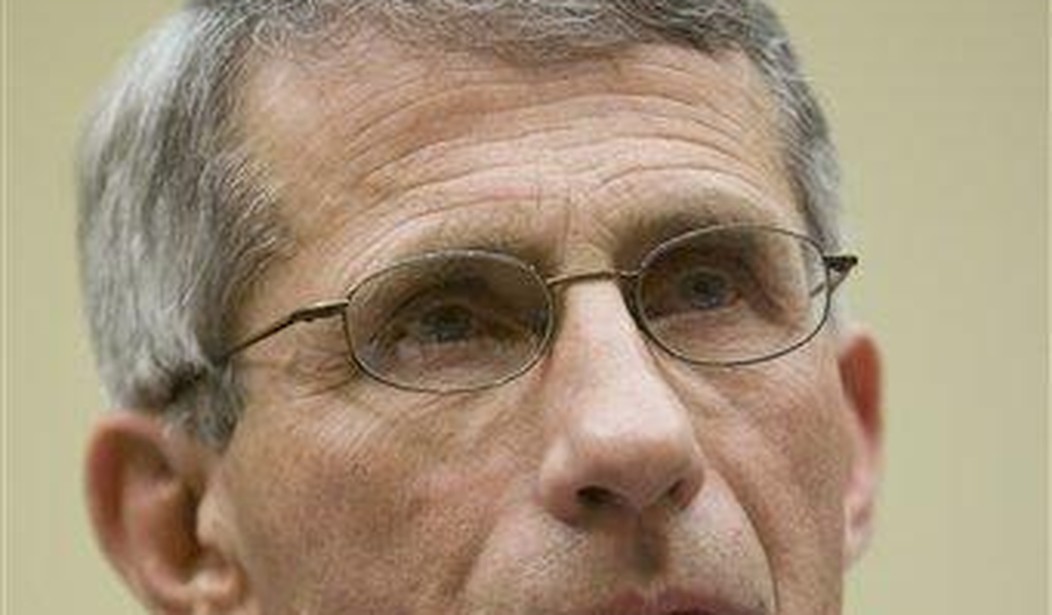
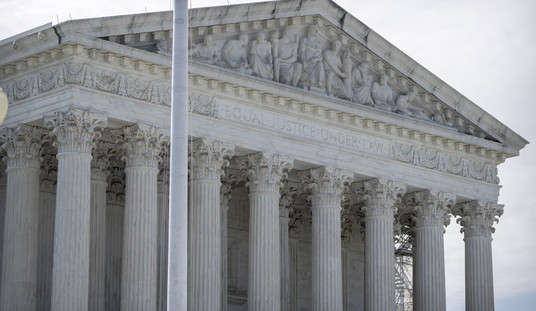



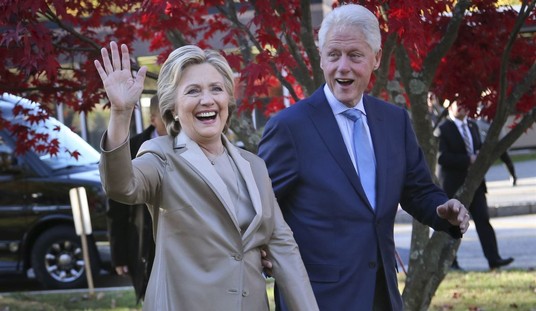


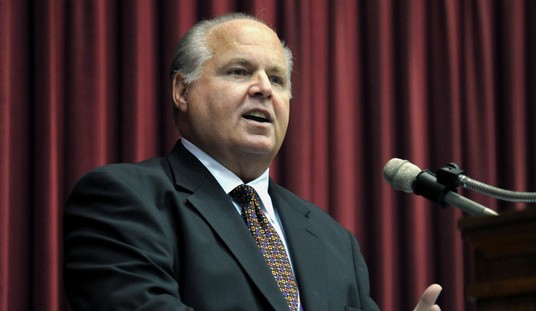
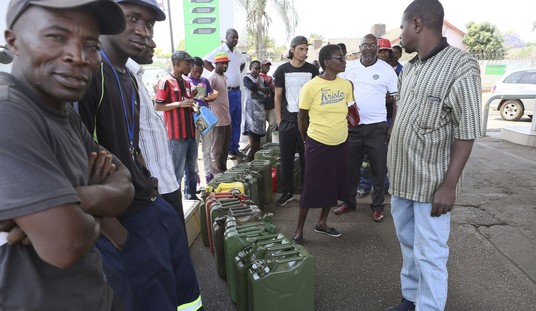



Join the conversation as a VIP Member